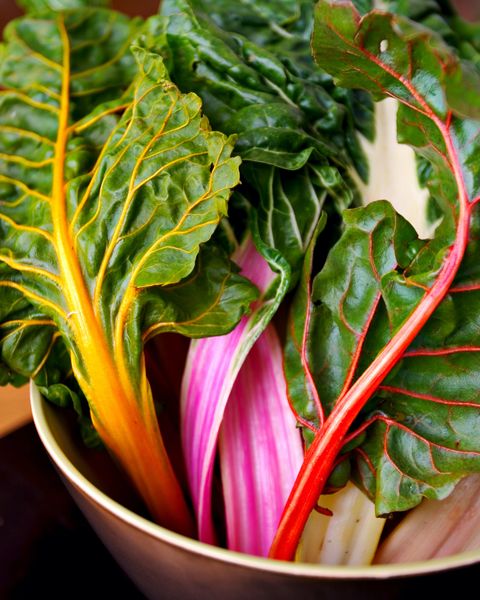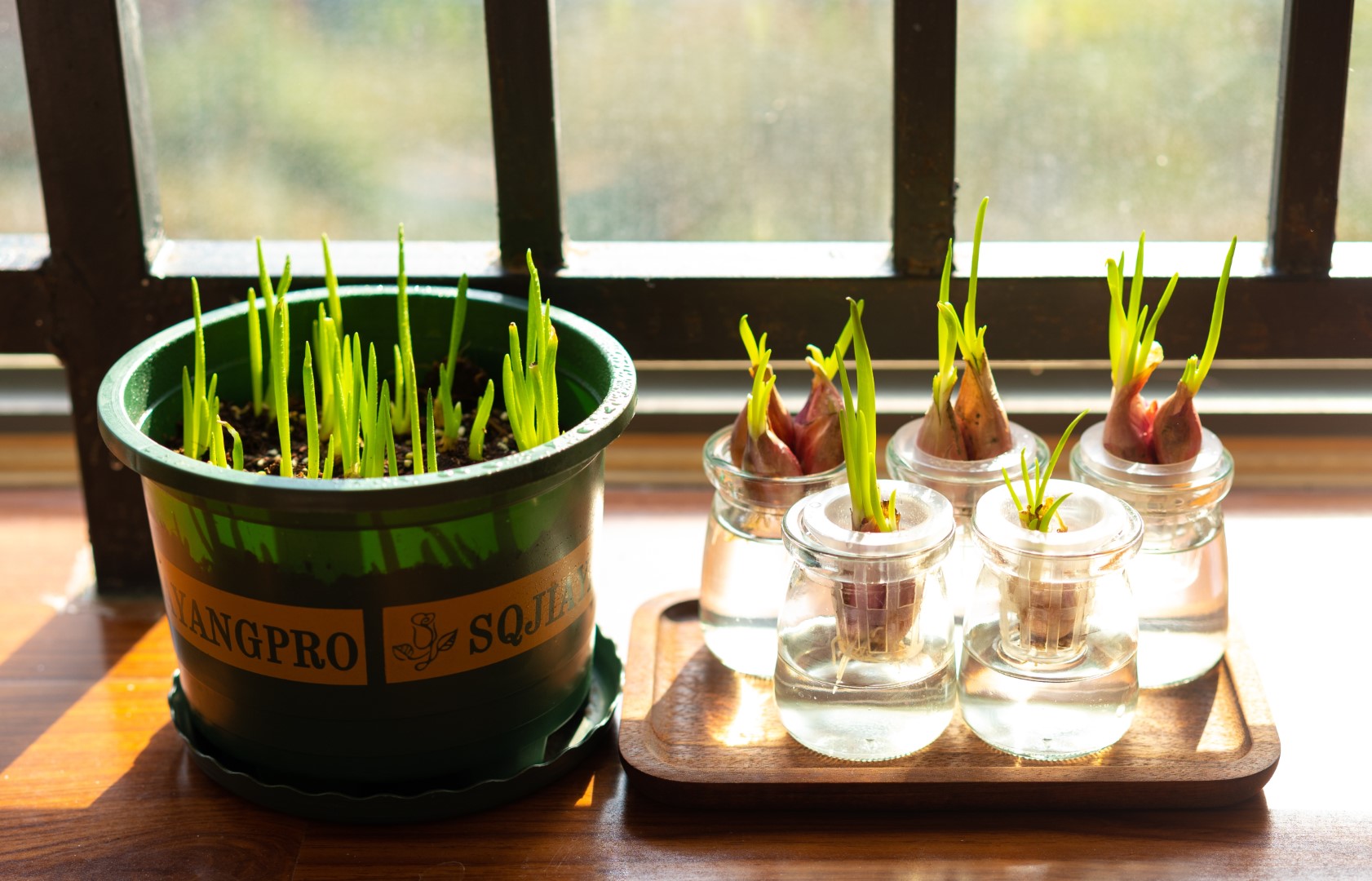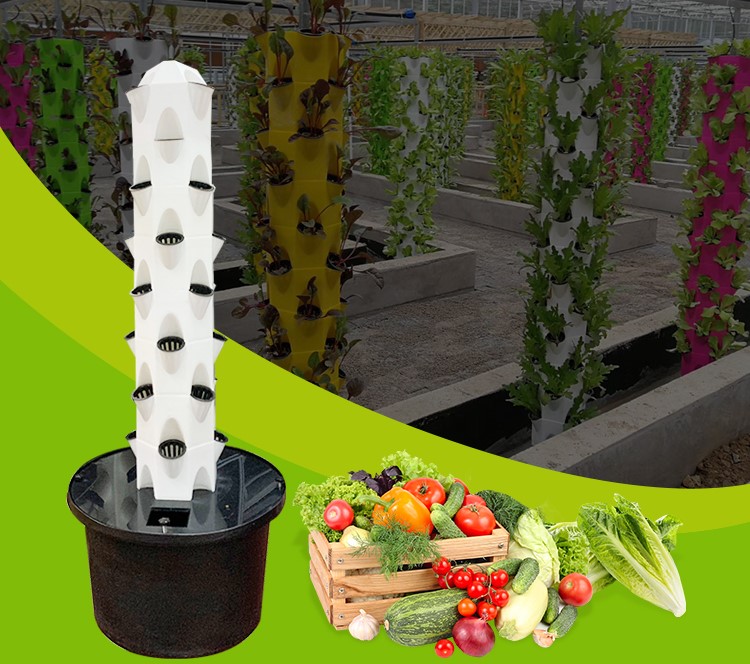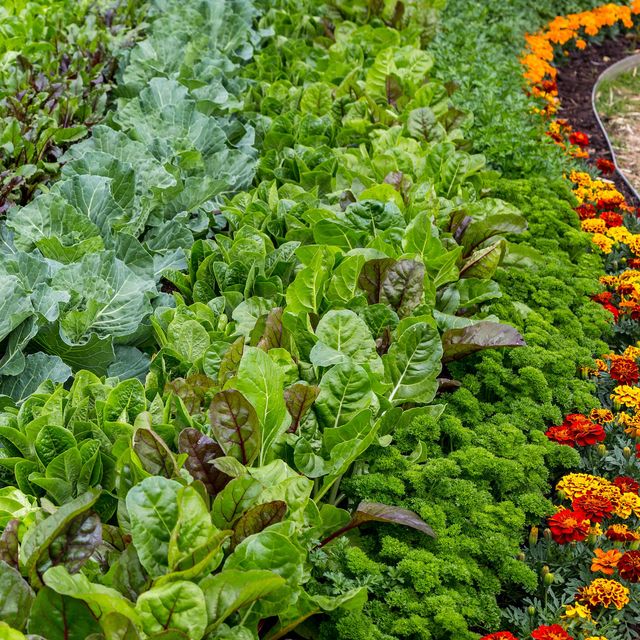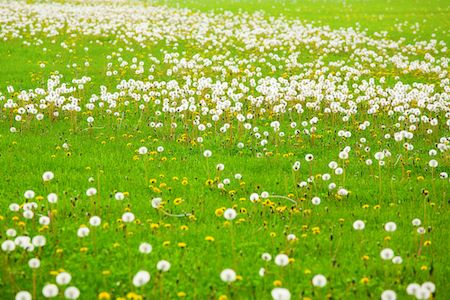
Gardeners everywhere look forward to excitement of the summer growing season, abundant with tomatoes, peppers, and other delicious varieties of fruits and vegetables. Now that Summer’s end is drawing near and Fall is in the air, most of us are switching gears and beginning to can and preserve our harvests, but did you know this time of year doesn’t have to mean the end of your gardening season? There are several varieties of seeds that can be started indoors or even directly sown outdoors, that will thrive during the Autumn months. Most gardening zones can successfully grow a Fall garden by planting Broccoli, Cabbage, Brussels Sprouts, Onions, Beets, Carrots, Kohlrabi, Turnips, Rutabaga, Swiss Chard, Spinach, Kale, Peas, Bush Beans, Collards and Lettuce. If you’ve ever had difficultly getting any of these plants to thrive throughout the hotter months of the year, consider attempting to re-plant any of the above mentioned seeds as they will tolerate the cooler, lower temperatures that come along with this (much-welcomed!) transition of the seasons.
Why Plant in the Fall?
You might be surprised to learn that Fall is a close second to Spring as an ideal planting time, and it’s absolutely true! Lower temperatures and the short, bright days help plants make a quick and easy transition to the garden. Although the harsh cold of winter is already lurking around the corner, the majority of the first half of Autumn will provide abundant opportunity for your plants to establish their roots and provide them a good, strong start in their new home. Before you run off to your favorite local garden center, though, there are a few things you should know to help provide a successful fall garden:
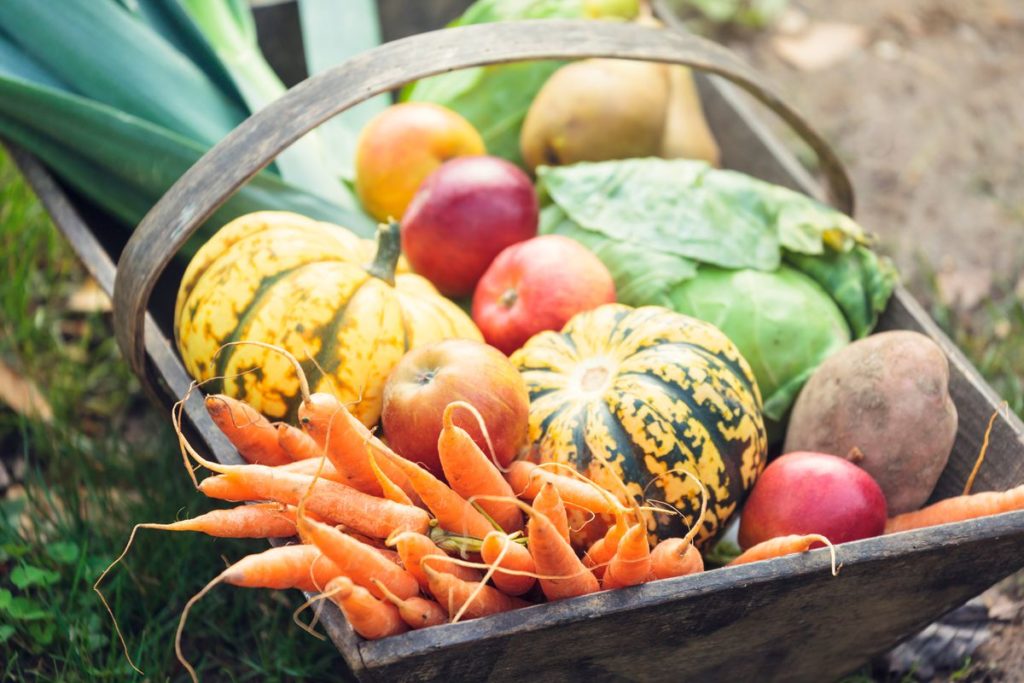
- First, you’ll want to look at a Growing Zone Map and decide which plants will do best in your area. (see the map pictured below) These hardiness zones act as a guideline, not an absolute, and lots of gardeners happily experiment with them. If you’d like to try planting something that’s not entirely hardy in your area, it’s far better to wait until Spring so that fresh plantings get the whole season to grow roots instead of just a few short weeks. The more roots your plants have, the better-equipped they are to survive the long, cold winter. You can plant up to 6 weeks before the ground freezes in your area. Once the ground is frozen, root growth will cease almost entirely until Spring, and that six week window will give your plants plenty of time to get established enough to withstand cold and possibly snow. The date that your ground actually freezes varies from year to year, of course, and some climates won’t have frozen ground at all. If you’re still unsure, mid-November is a safe planting deadline for nearly everyone.
- If you still have plants in their nursery pots or seedling propagation trays, you’ll want to be sure to get them in the ground before winter — even if it’s getting to be late in the season, just plant them where you can. You can always move them in the Spring if you change your mind.
- Mulch! Just as you layer up with extra blankets and cozy sweaters when the temperatures start to dip, mulch acts in a very similar way and provides some extra insulation for your plants. Mulch also creates the ideal environment for more prolific root growth, which will provide new plantings with a good, strong start. While more established plants benefit from a nice layer of mulch as well, delicate seedlings and less mature plants especially appreciate the protection it offers from the hardships of winter weather.
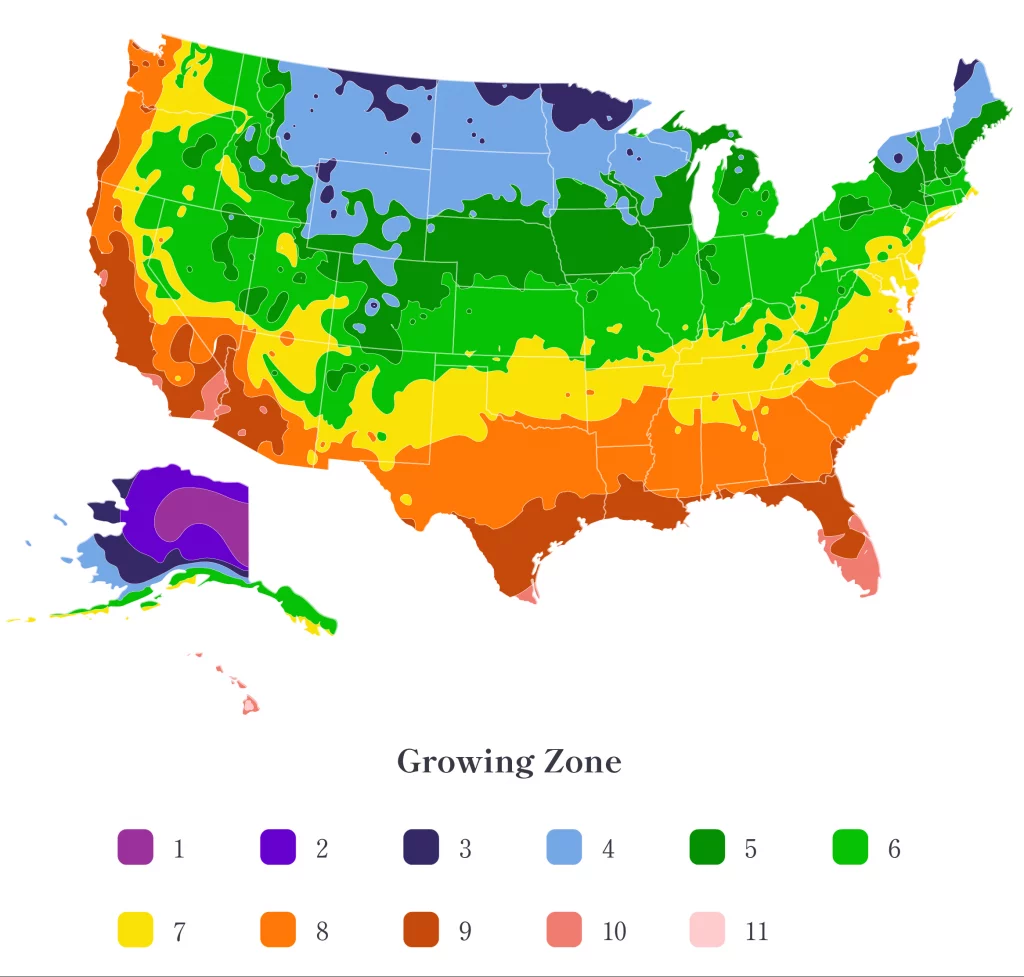
Improving Your Soil Health
Another thing to consider, is that your summer vegetables have most likely used up the majority of essential nutrients in the soil, so adding a natural vegetable fertilizer (we like Mother Earth or Gaia Green brands) will give your new plants a much-needed boost. You can also amend your soil with high-quality compost to help retain summer’s heat in the soil and help retain soil moisture.
If you decide it’s too late in the season to attempt planting anything, or if you decide not to plant your entire space, consider sowing a cover crop such as clover, winter peas, or favas in the fall. These legumes are nitrogen fixers and will improve your soil. Let them grow through the winter, then till them into the soil in the spring before they go to seed and tada — improved, healthier soil!

Autumn Herbs
There are also several herbs that, if planted from starts now, will continue to grow throughout fall (and in some regions, well into winter). Many varieties are perennials, which will continue to grow and produce year after year.
Other Fall Harvest Favorites:
Plant in August for a Fall Harvest:
These greens and fast growers like cooler weather. You can sow seeds every week throughout August to have a longer harvest period in the fall.
- Asian Greens
- Bitter Greens (Arugula, Endive, Radicchio, Mustard)
- Broccoli Rabe
- Green Onions
- Lettuce (benefits from some shade in the hottest part of the day)
- Radishes
- Spinach
- Swiss Chard

Overwintering Your Garden for a Spring Harvest
Here are some more vegetables you can plant from mid-July through the end of the month for overwintering. You will be able to harvest them much earlier than if you wait to plant until spring!
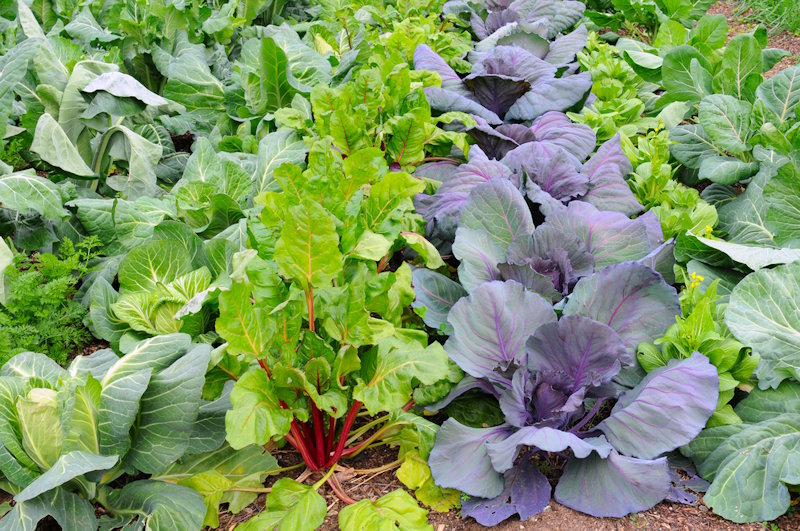
Plant in Late September for Harvest Next Spring:
If the weather turns severely cold or rainy, you might want to consider protecting your plants with a row cover, or by using a DIY protection of some sort such as empty milk jugs or soda bottles, a bed sheet or tarp, etc.
To Plant A Garden Is To Believe In Tomorrow
Fall doesn’t have to mean farewell to your garden until next year! The options of what you can grow successfully are plentiful, no matter what the changing seasons bring where you live, or how big or small your space is. Even if the snow is flying and the temperatures are frigid through the long months of winter, an indoor garden can still provide and thrive in an environment such as a tent. Growing your own healthy food, and taking advantage of all that each season has to offer is just one more positive effort towards relying less on grocery stores, and the ever-dwindling quality (and quantity) of what’s available on the shelves, and replacing it with the irreplacable good feeling that comes from putting fresh produce on the table that you grew with your very own hands. It’s addicting, extremely rewarding, and is a hobby that is both enjoyable and valuable. Kids love getting their hands dirty and helping out in the garden, or in the kitchen, learning the art of canning and preserving; all the while creating memories and gaining valuable knowledge that they can use and pass on to their family, friends and so on for future generations yet to come.
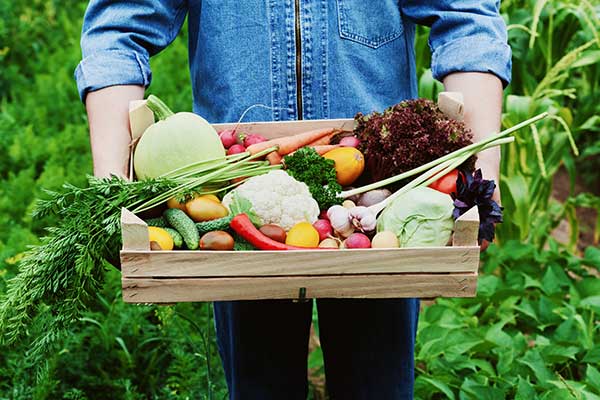
Thank-you for reading, and from all of us at How To Grow, “Happy Growing!”

